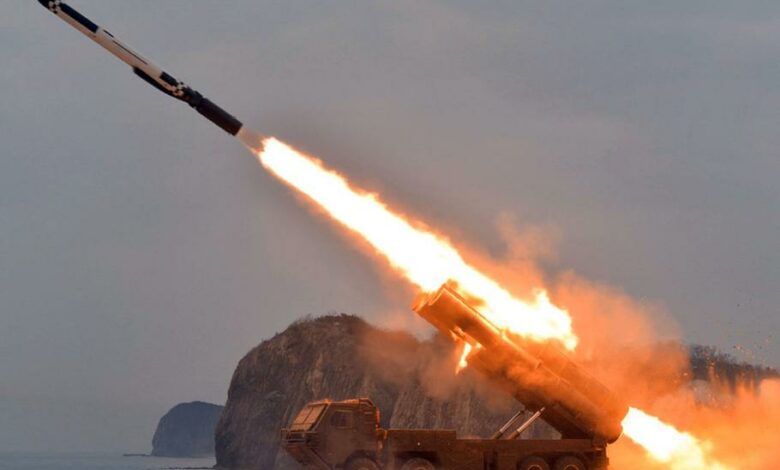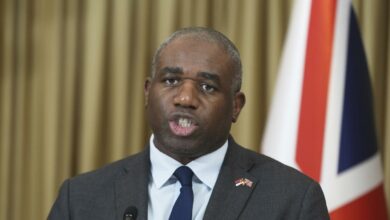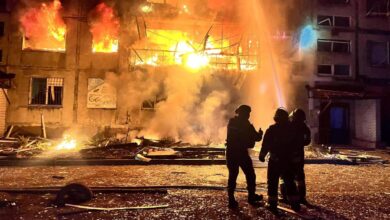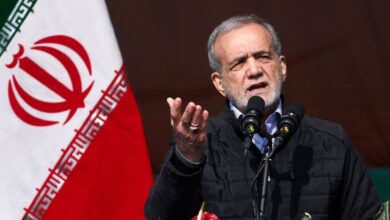
According to state media, North Korea successfully test-launched a new type of intermediate-range hypersonic missile. That suggests an accelerating push by North Korean leaders to complete nuclear and missile programs.
The missile was fired from the outskirts of Pyongyang on Monday, reportedly traveling approximately 1,500 kilometers (932 miles) at speeds reaching 12 times the speed of sound. It ascended to an altitude of nearly 100 kilometers (62 miles) before descending to a “second peak” of 42.5 kilometers (26.4 miles) and maneuvering to strike a target in waters off the east coast, as detailed by the Korean Central News Agency (KCNA) on Tuesday.
The KCNA underscored that the missile’s engine section is made of new carbon fiber composite materials, adding that such an improvement enables it to “effectively penetrate any dense defense barrier and inflict a serious military blow on the opponent.” Carbon fiber is lightweight and stronger than aluminum, but its complexity makes it difficult to manufacture.
In stark contrast, South Korea’s military expressed skepticism about the KCNA’s claims, putting the missile’s range at about 1,100 kilometers (683 miles) and stating no evidence of a second peak was detected. A second peak would suggest the missile could change course while maintaining its altitude, instead of following a trajectory similar to a ballistic one.
Experts have been alarmed by the advanced technology this missile has displayed because only a handful of countries around the globe possess such technology, which includes Russia, China, and the United States. “What’s particularly concerning about this missile is the sophistication of the technology involved,” said Yang Moo-jin, president of the University of North Korean Studies in Seoul. “You need materials that can withstand extreme conditions to achieve such speeds.
According to Yonhap, citing the Joint Chiefs of Staff of South Korea, it did recognize some breakthroughs in the hypersonic arms of North Korea and would not deny the probability of Russian participation in these developments.
Last year, Russia and North Korea inked an agreement on mutual defense, and according to intelligence reports from the U.S., Ukraine, and South Korea, more than 10,000 North Korean soldiers and conventional weapons systems have been sent to support Moscow’s operation in Ukraine. There are growing concerns that Russia may transfer more advanced weaponry technology to North Korea.
The JCS said a thorough analysis of the missile test would be conducted together with the United States, North Korea’s key military ally.
Leader Kim Jong Un, who watched the test launch remotely with his young daughter, said the development of the missile was a defensive one. “This is clearly a plan and effort for self-defense, not an offensive plan and action,” he said, KCNA reported. He added the development of hypersonic missile technology was meant to increase the country’s nuclear deterrent.
Monday’s launch is also the North’s first since November, when it test-fired what it described as its most advanced solid-fuel ICBM. It has kept developing new solid-fuel missiles amid intense competition for the next-generation, long-range projectiles, which have increasingly become tricky to track and intercept.



